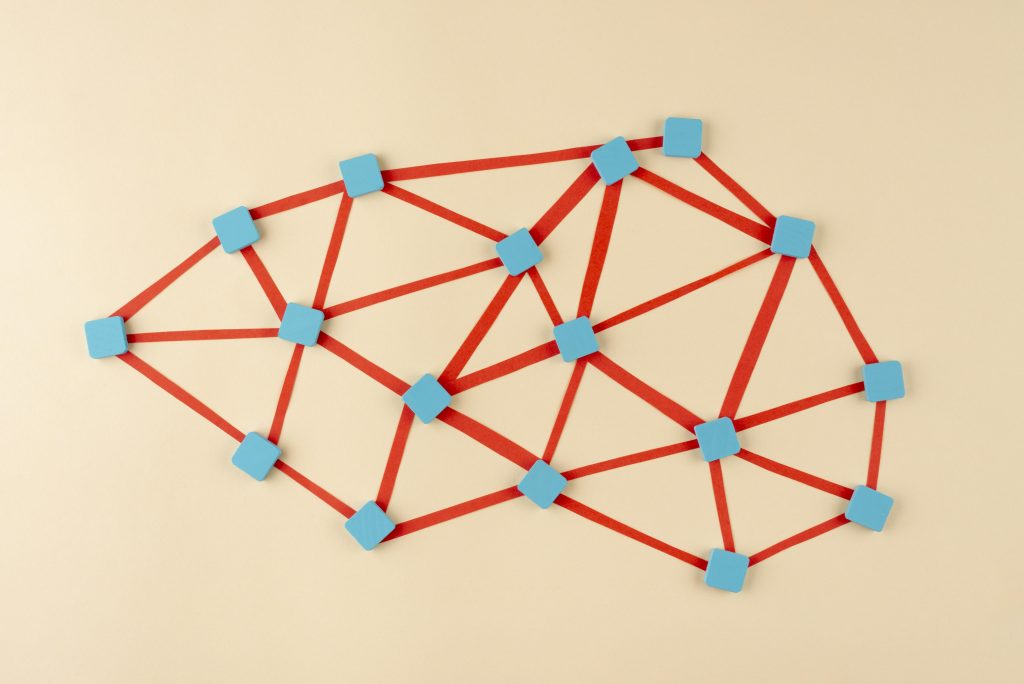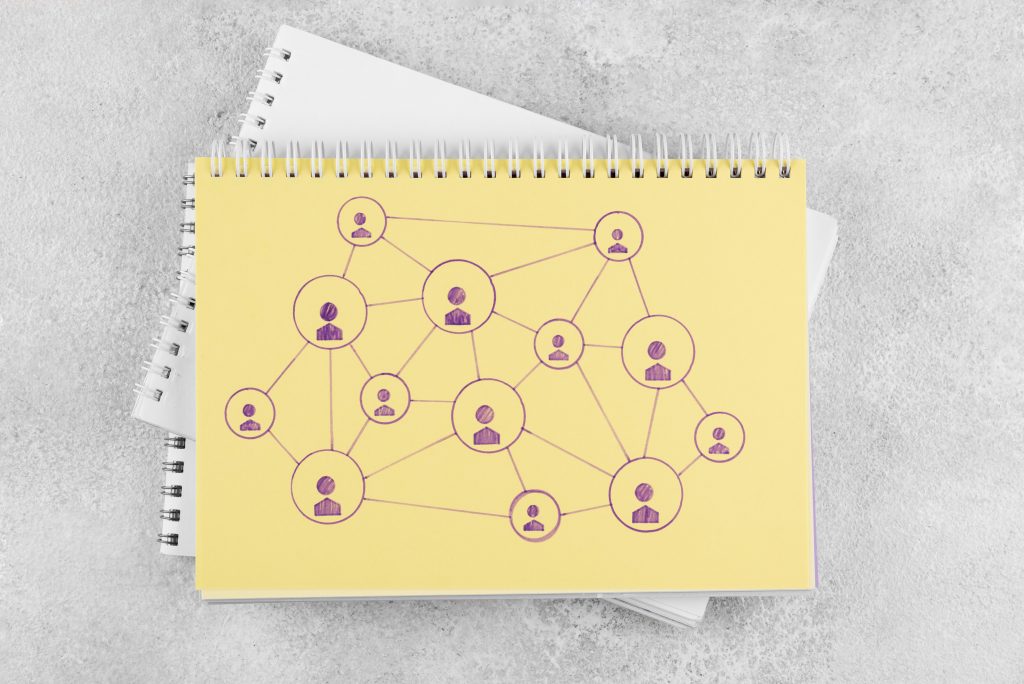
In the modern workplace, understanding how your organization is structured is crucial for effective management, communication and growth. As businesses grow and evolve, the complexity of their internal relationships increases, making it essential to have a clear overview of how different departments, teams and individuals interact. This is where an Organization Map comes into play – a powerful tool that provides a visual representation of your company’s structure, helping you see the connections and relationships that drive your business forward.
With the rise of digital tools in HR, the ability to visualize an organization’s structure is more accessible and impactful than ever before. A well-implemented Organization Map can streamline decision-making, improve communication, provide clarity in roles, responsibilities and relationships. According to a report by McKinsey, companies that leverage organizational design tools, including visualization platforms, see a 33% improvement in decision-making efficiency.

The importance of visualizing your Organization’s structure
An Organization Map allows you to see the relationships between people in your company, the teams they belong to and how these teams interact across various scopes. Whether your company is structured by function, division, matrix, or any other model, the ability to visualize these relationships simplifies management and planning.
This is especially important for HR departments, as they are responsible for maintaining up-to-date information about roles, responsibilities and reporting lines. Without proper visualization, organizational complexities can become a hindrance, making it difficult to identify inefficiencies, gaps in resources, or misaligned roles.
A study by Deloitte shows that 94% of executives consider organizational agility to be key to business success and tools that offer structural clarity play a big role in achieving that agility.
How Organization Maps drive clarity and efficiency
Here are some of the key benefits that an Organization Map can bring to your business:
Enhanced visualization
A visual representation of your company’s structure helps you see the relationships between employees, departments and roles. This can include reporting lines, team compositions and the connections between individuals across different levels of the organization. Harvard Business Review highlights that visual tools in HR help reduce complexity and enhance understanding of workforce dynamics, leading to better organizational outcomes.
Improved communication
When employees know where they fit within the company’s hierarchy, it improves internal communication. Having a clear understanding of reporting lines and the flow of information enables smoother operations and greater accountability. According to a Gallup report, companies with transparent organizational structures see 25% higher employee engagement.
Data validation
As companies grow, it’s easy for organizational data to become outdated or inaccurate. An Organization Map ensures that the data you’re using for decision-making reflects your company’s actual structure. This real-time validation helps HR teams maintain accuracy in reporting, reducing the risk of errors when assigning roles or managing resources.
Gap identification
One of the key advantages of using an Organization Map is the ability to identify gaps or potential issues in your company’s current setup. These gaps might include unassigned roles, missing departments, or overlapping responsibilities. Identifying these early allows management to address them before they impact operations. According to Gartner, businesses that identify and address organizational gaps see a 20% improvement in operational efficiency.
Versatility across structures
Organization Maps are versatile and can be used by companies of all sizes, regardless of their structural model. Whether your company operates with a functional, divisional, matrix, or network structure, this tool adapts to your specific needs. This adaptability is especially useful for companies undergoing restructuring or those planning for future growth.
Simplified management and scalability
By centralizing complex relationships between individuals, departments and roles, Organization Maps simplify management. They provide leaders with the insights they need to make informed decisions about resource allocation, succession planning, and team composition. As your company grows, the Organization Map evolves with it, ensuring that you always have a clear view of your structure and any necessary changes.

The role of technology in enabling Organization Maps
In the past, organizational charts were static, manual representations of company structures that often became outdated quickly. Today, digital HR solutions have transformed this process, allowing for real-time updates, scalability, and deeper insights into employee data. This level of automation and integration is essential in large organizations or fast-growing startups where changes happen rapidly.
A report by PwC suggests that companies that invest in digital HR tools, such as organization mapping software, experience a 22% reduction in HR costs due to more efficient management of resources and data accuracy.
How is Brick, Mortar and Daughter harnessing the power of the Organization Map?
At Brick, Mortar and Daughter, we understand the importance of having a clear, detailed view of your organization’s structure. Our HR solution includes an advanced Organization Map that provides a comprehensive visualization of your company’s hierarchy, roles, and relationships. Whether you are looking to improve communication, validate your organizational data, or plan for future growth, our Organization Map offers the flexibility and insight you need to make smarter decisions.
Our tool is designed to support companies of all sizes, with features that allow you to customize your view, manage complex relationships, and ensure your organization is operating efficiently.


